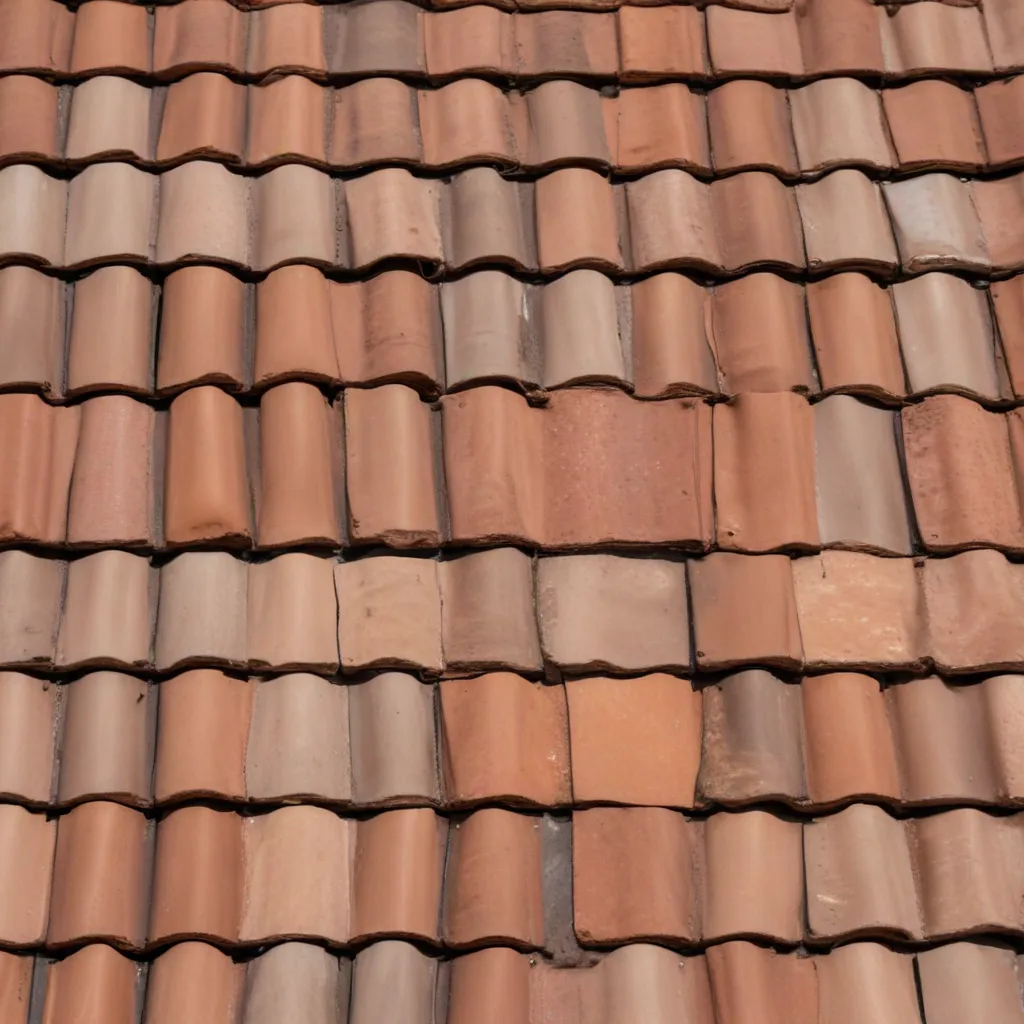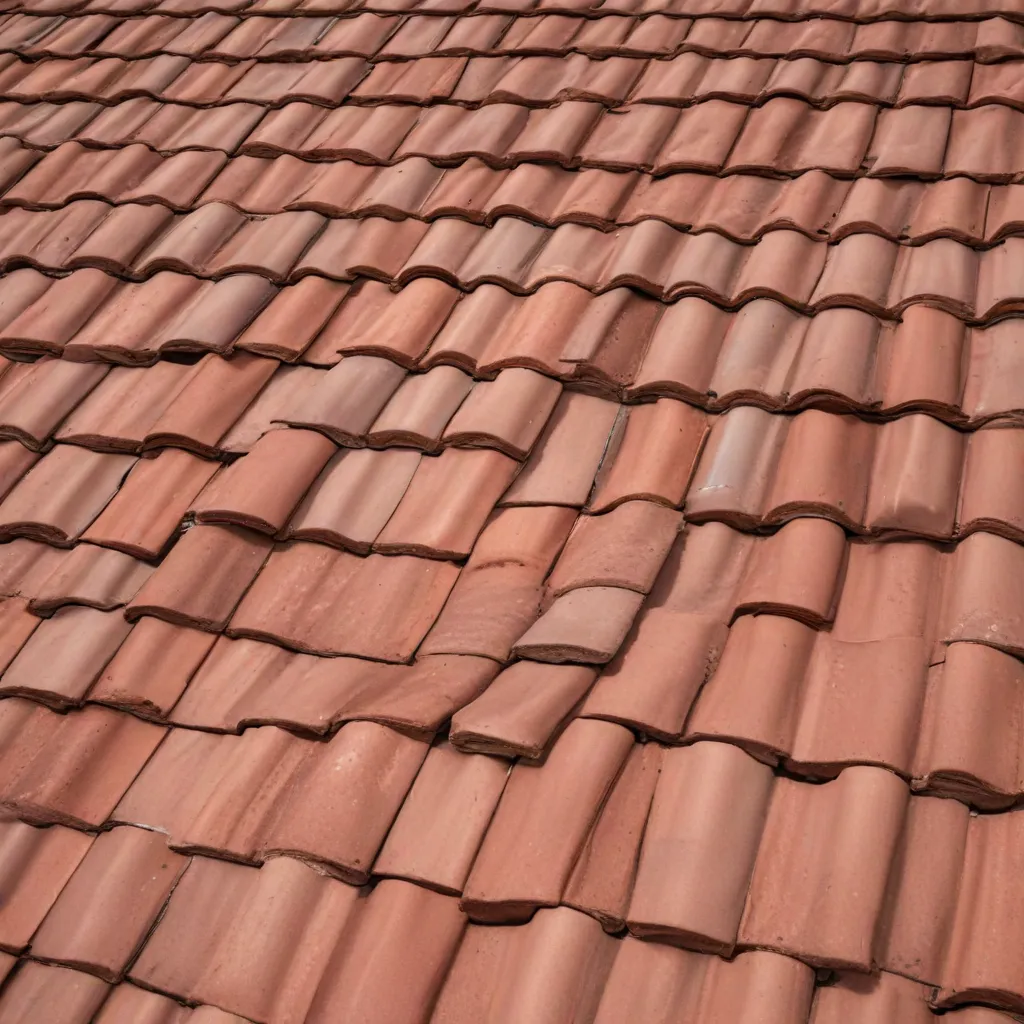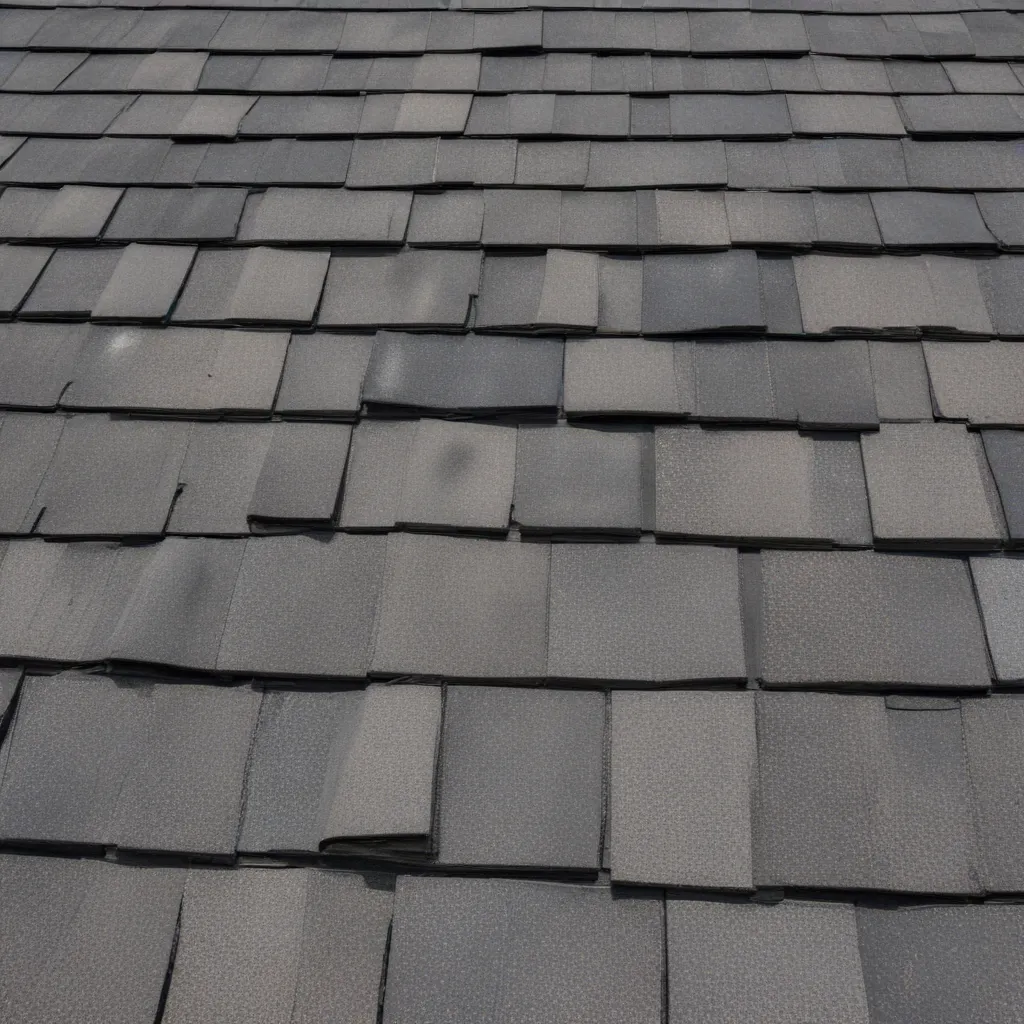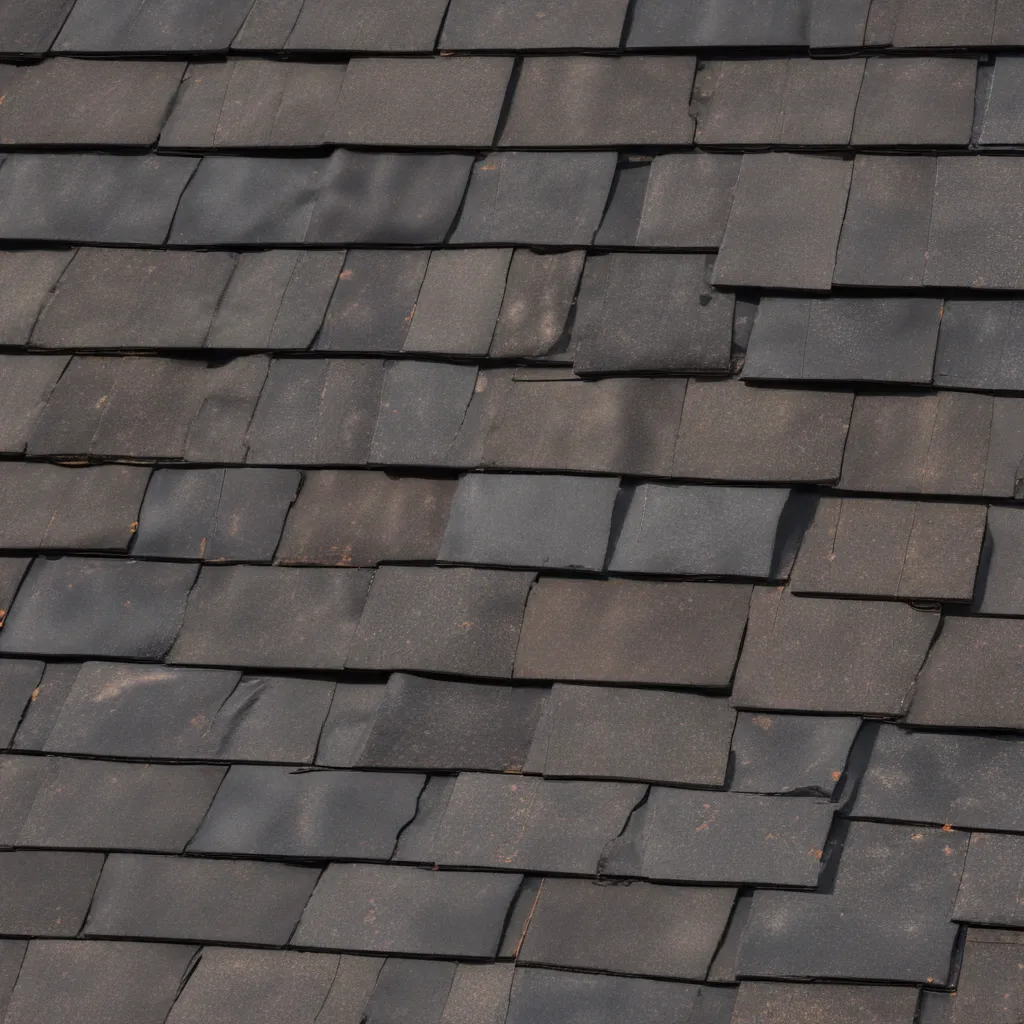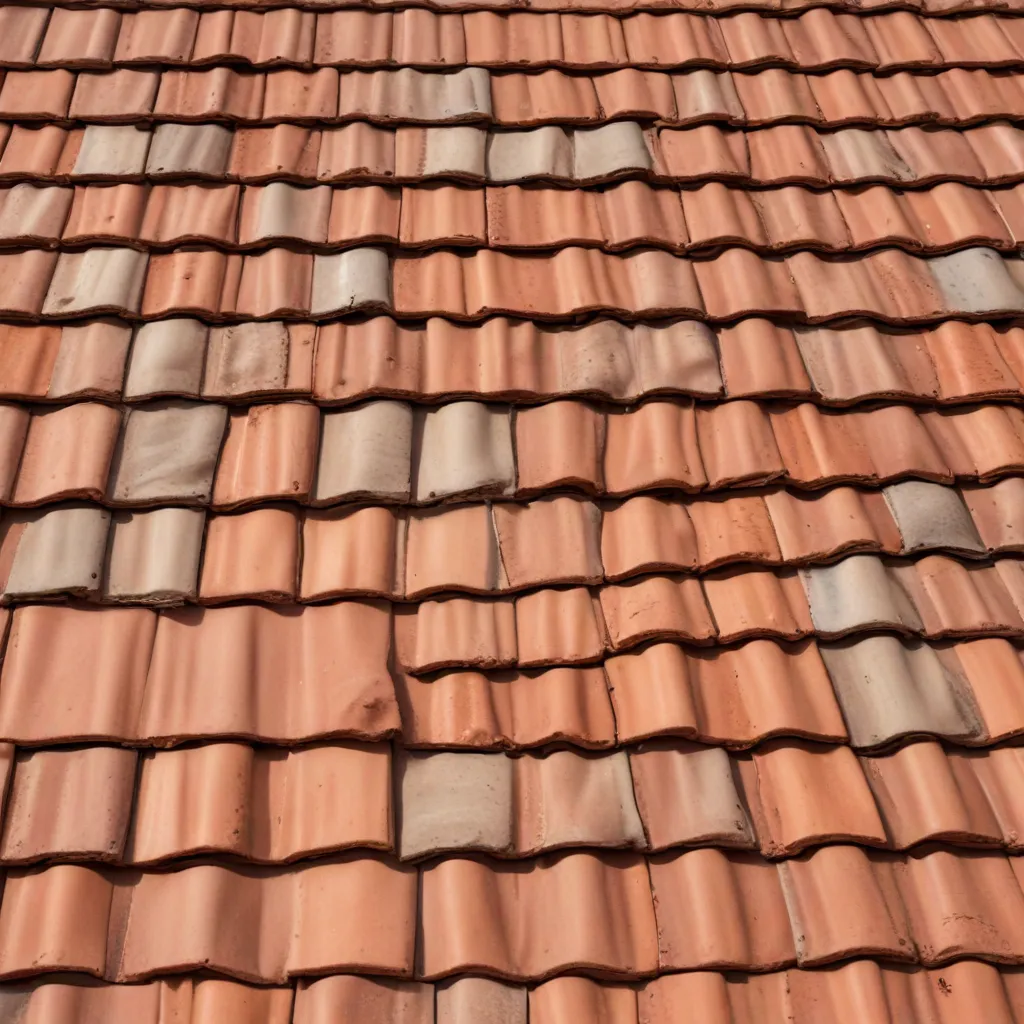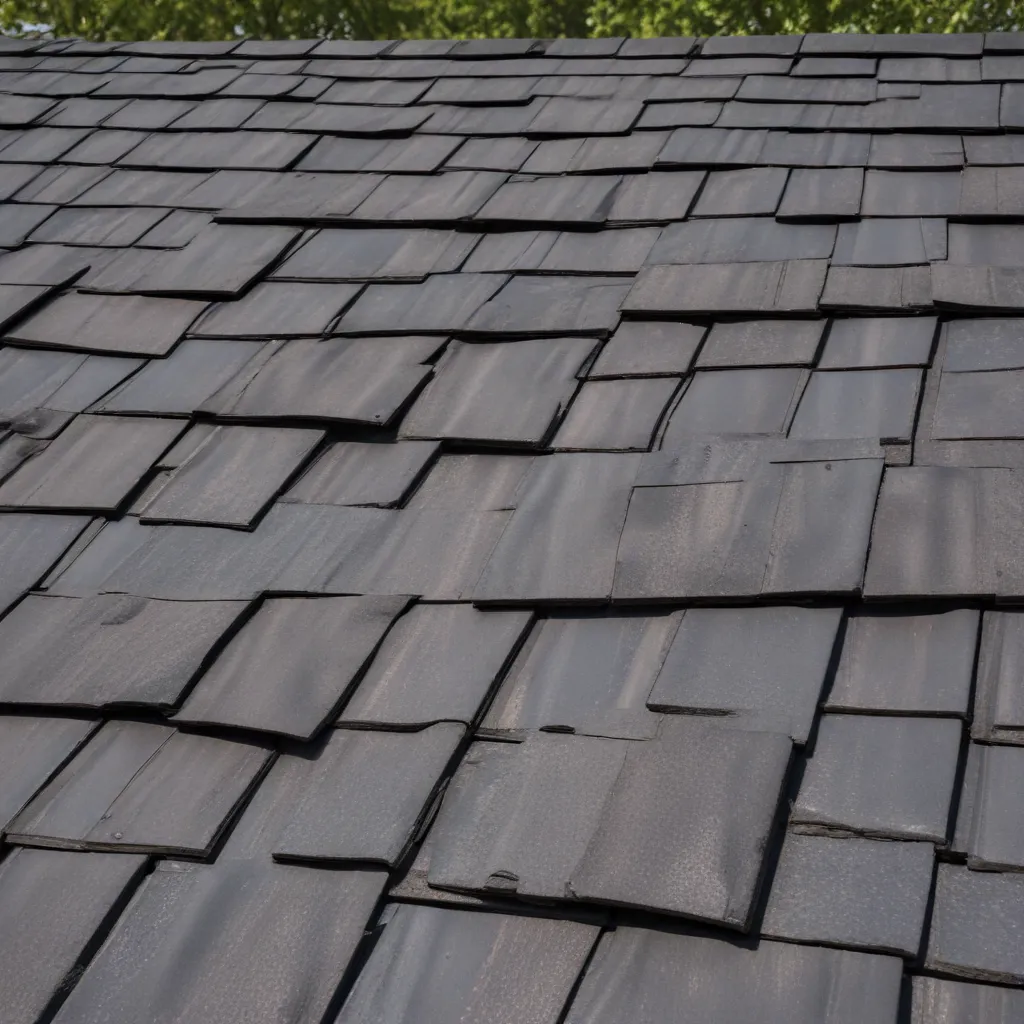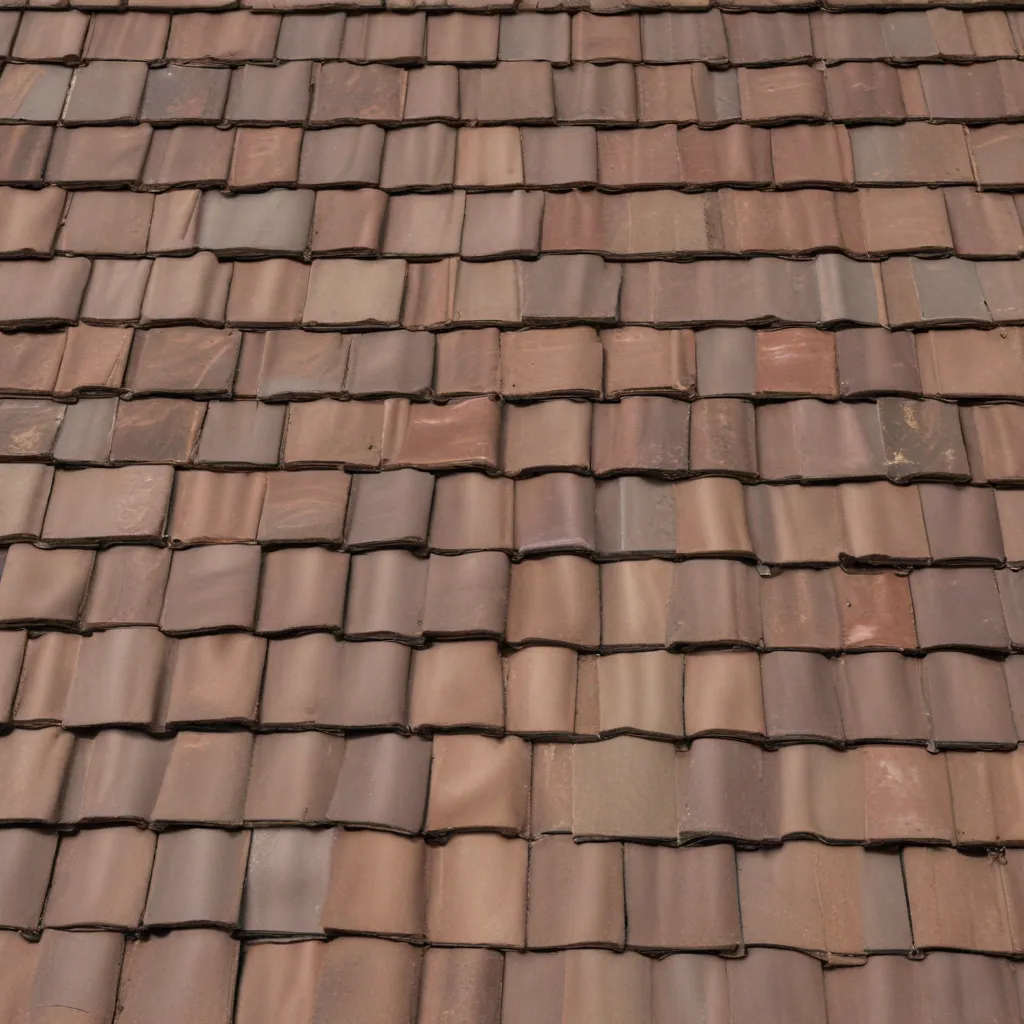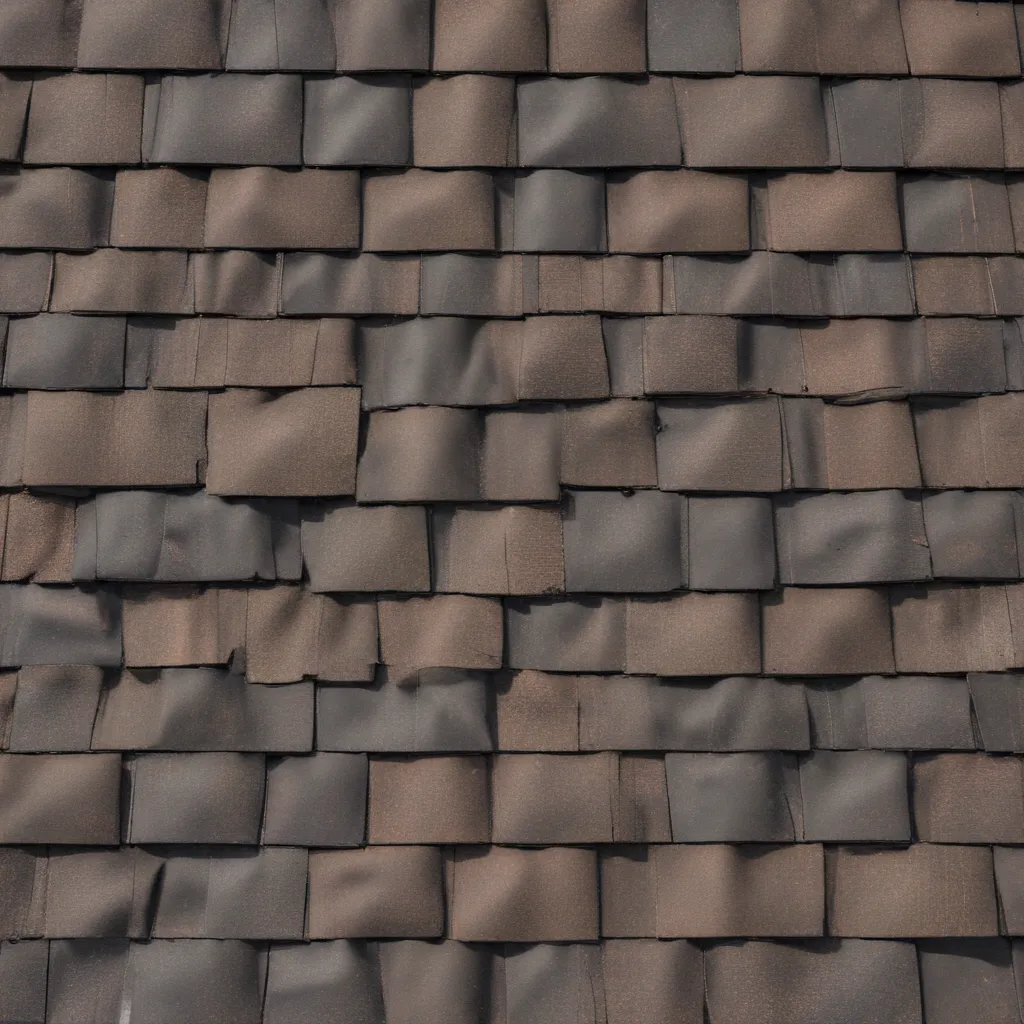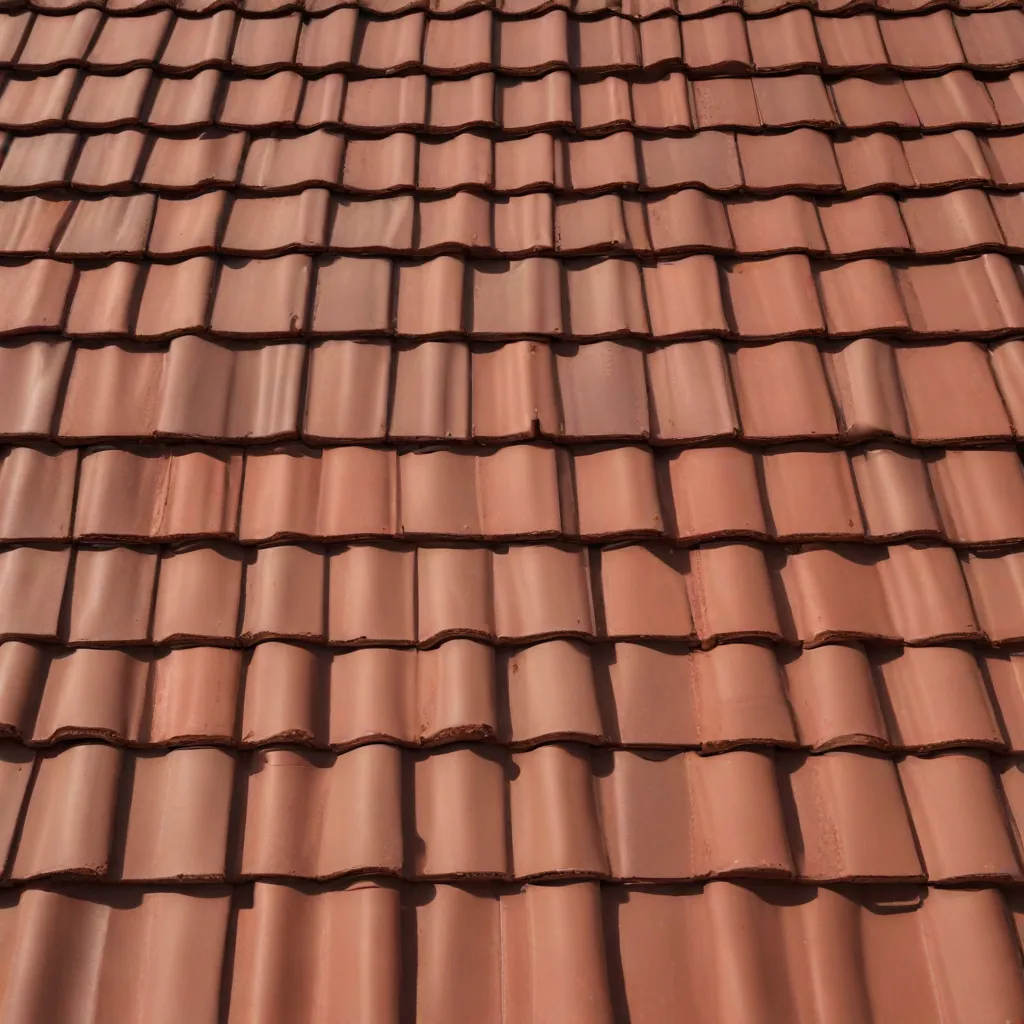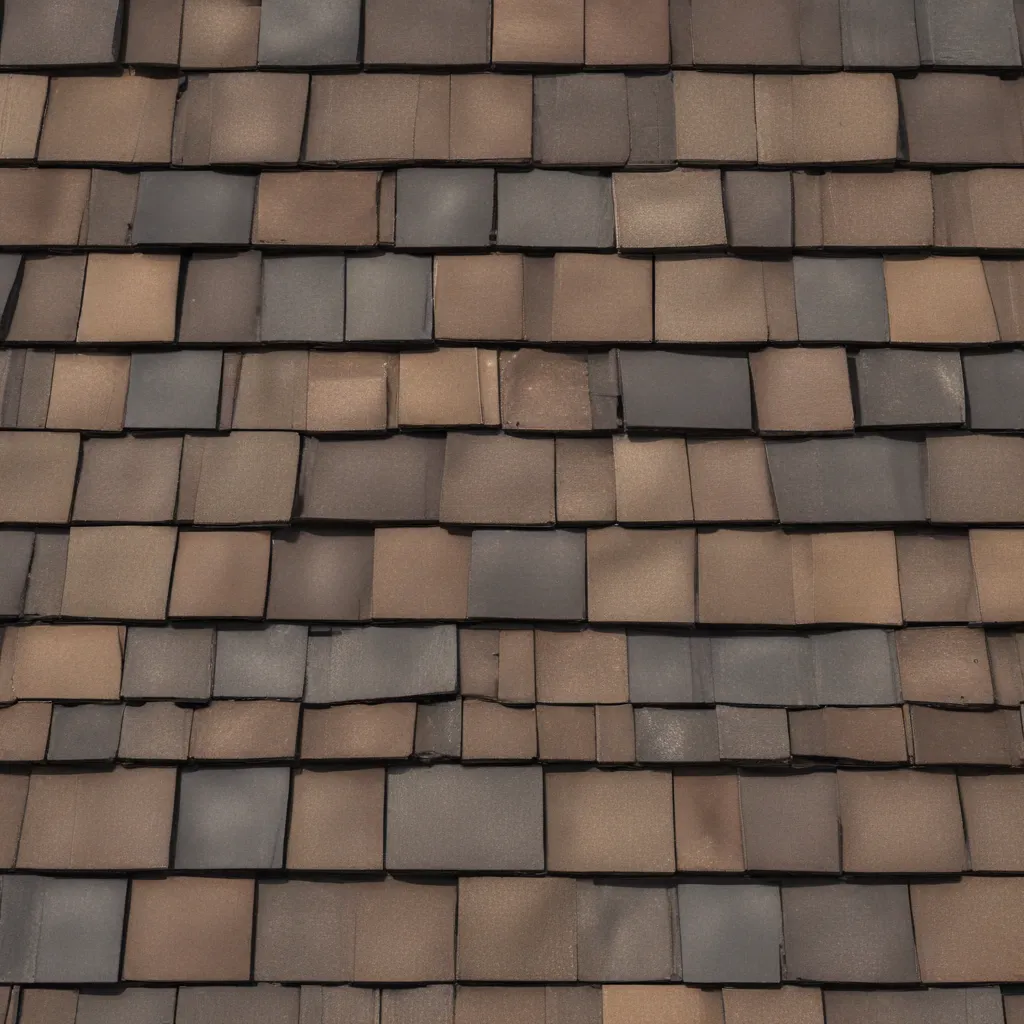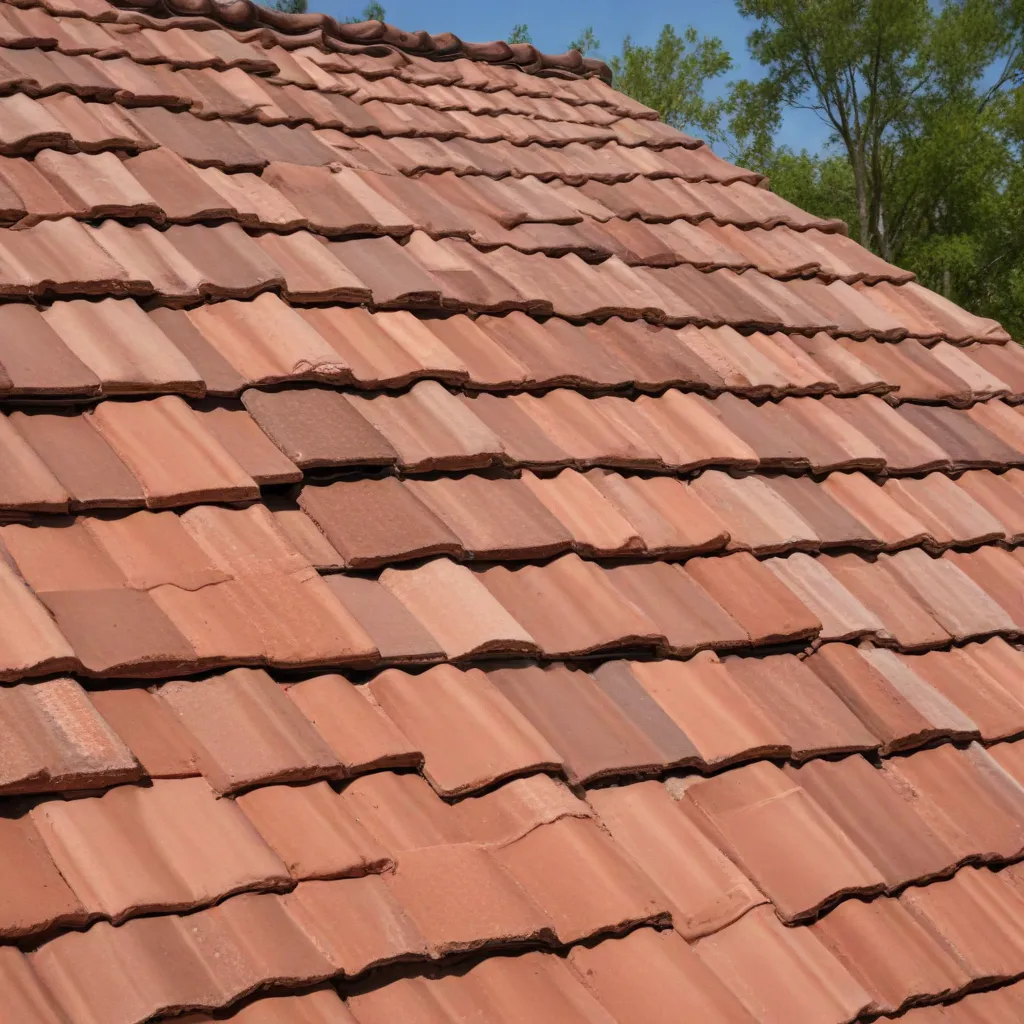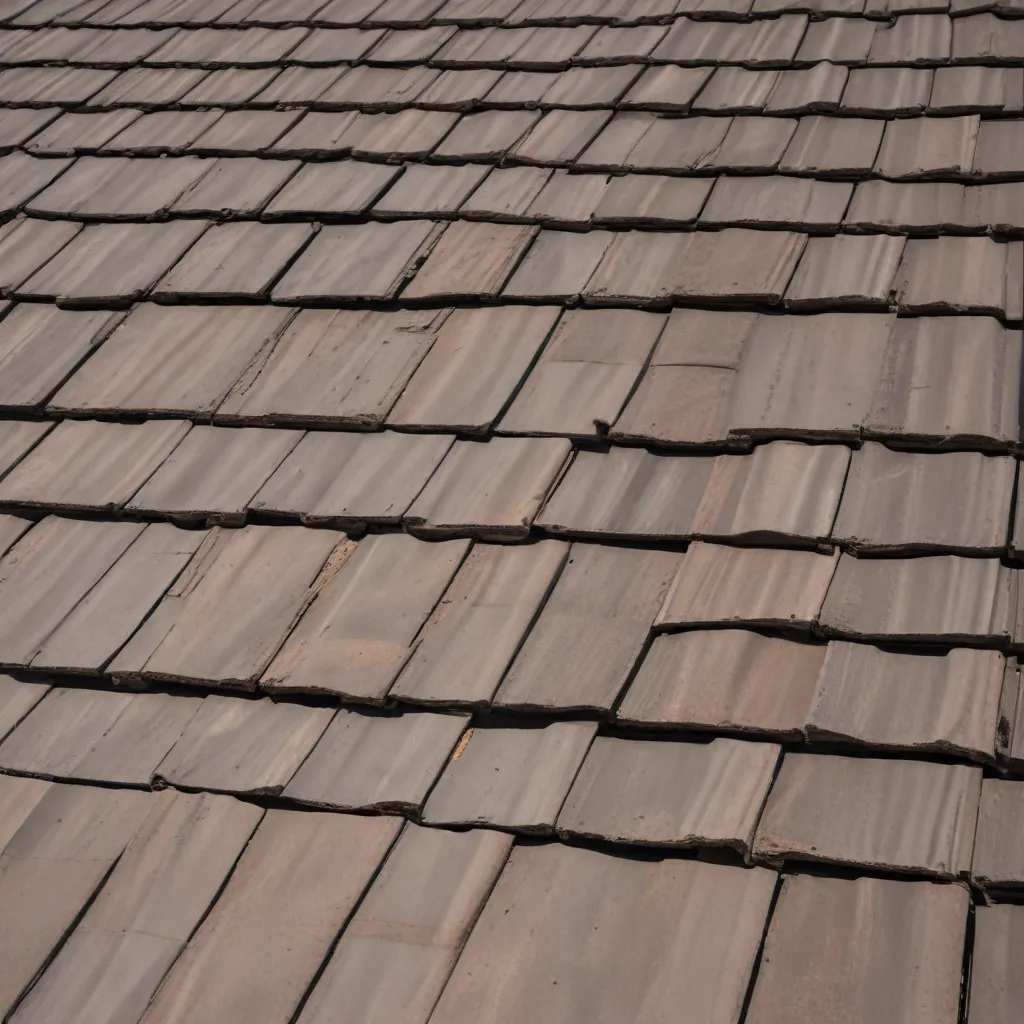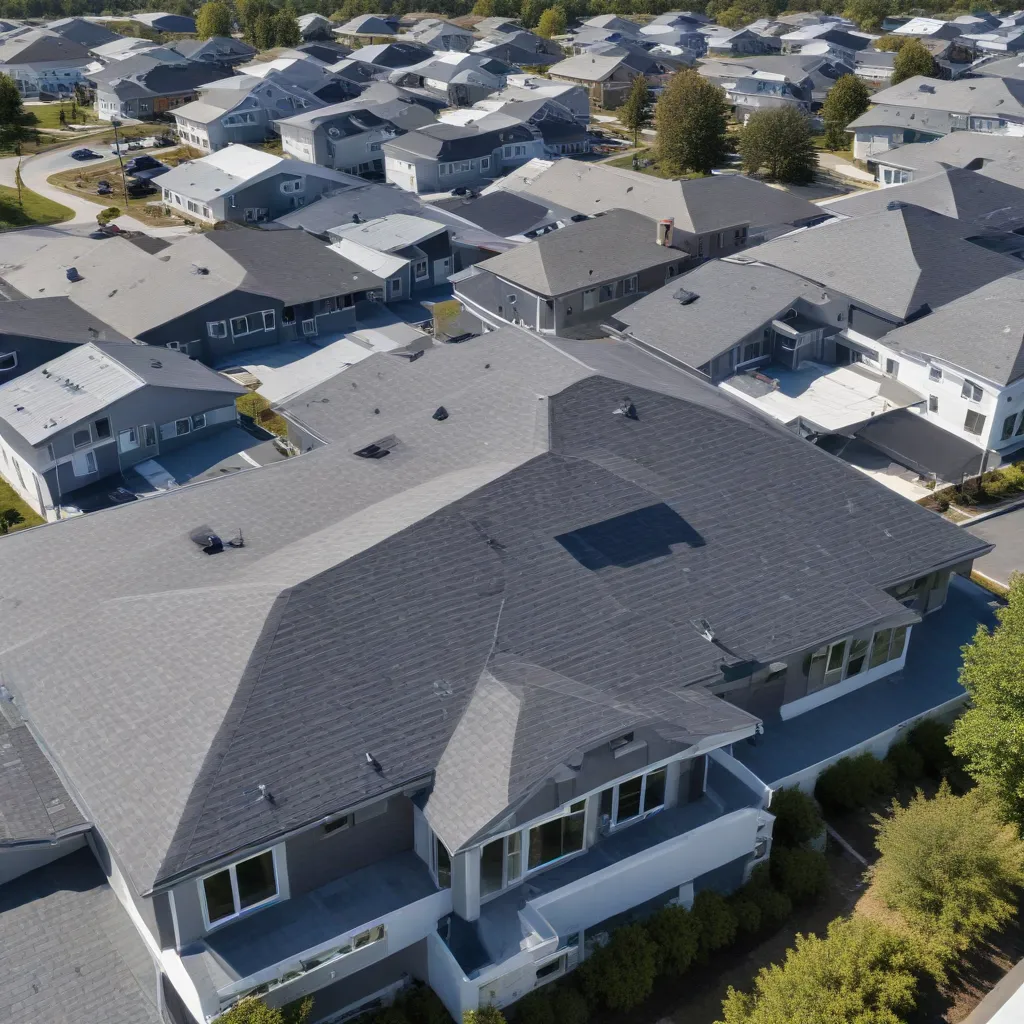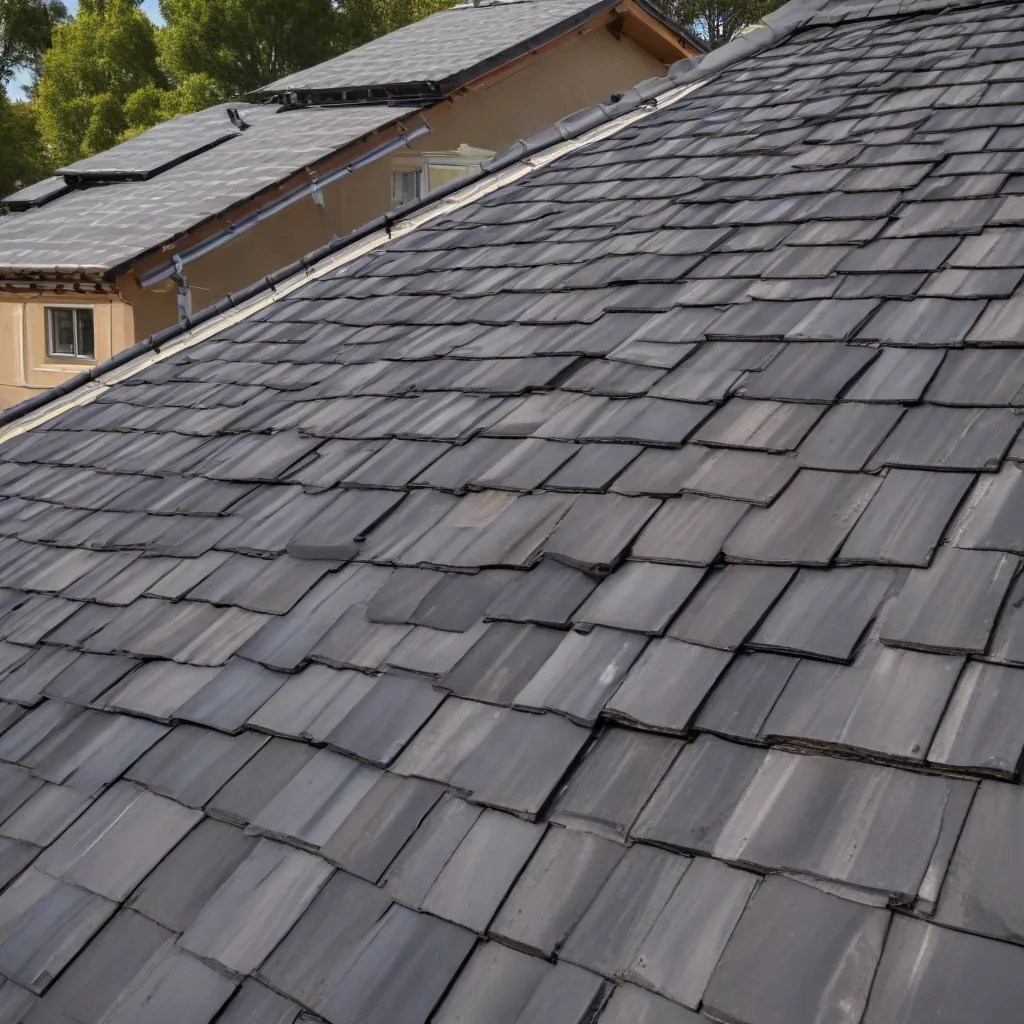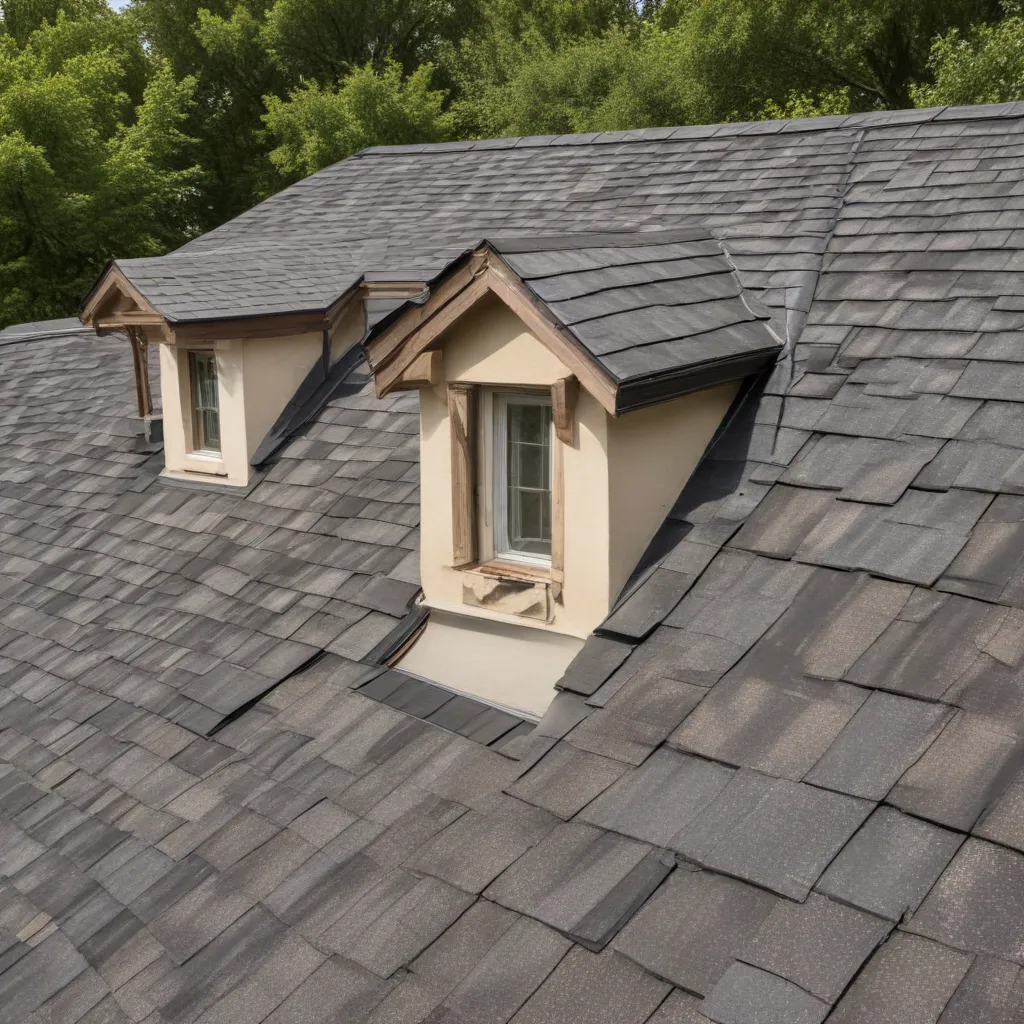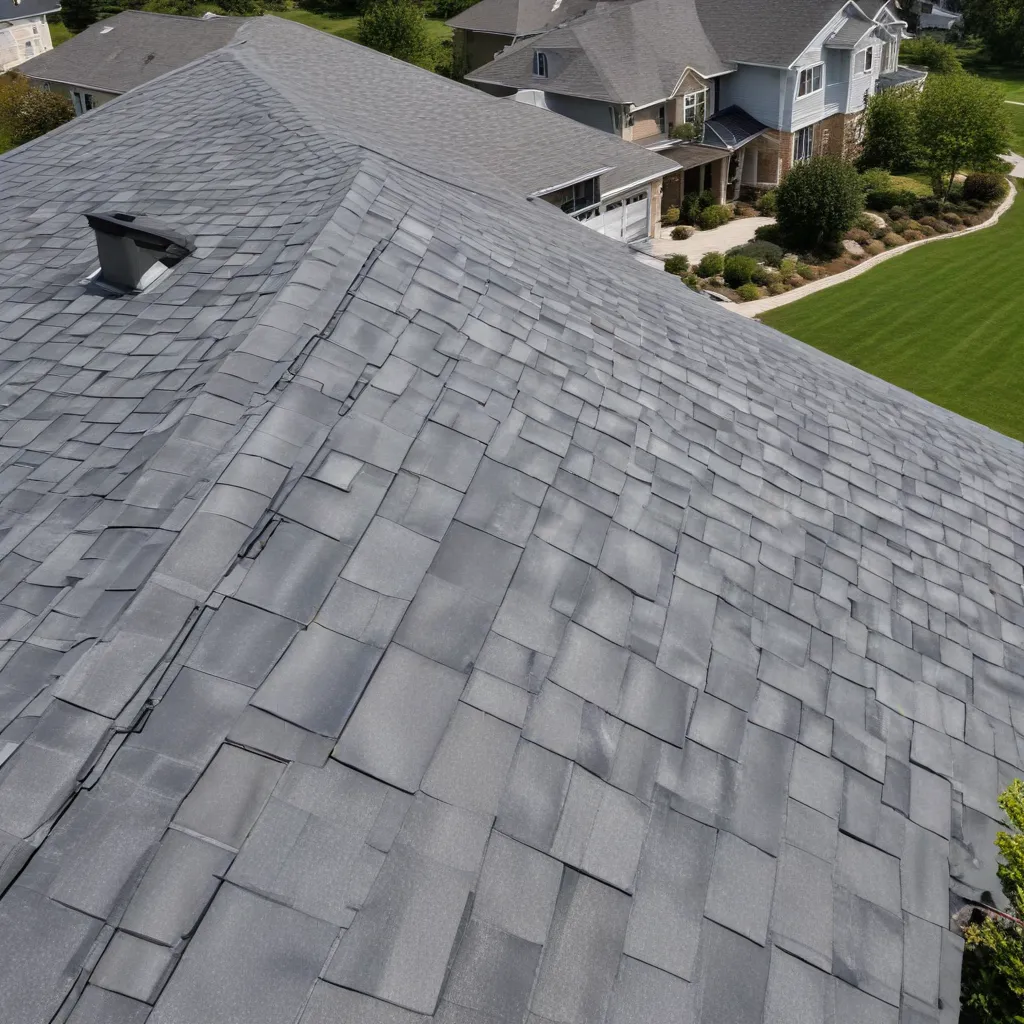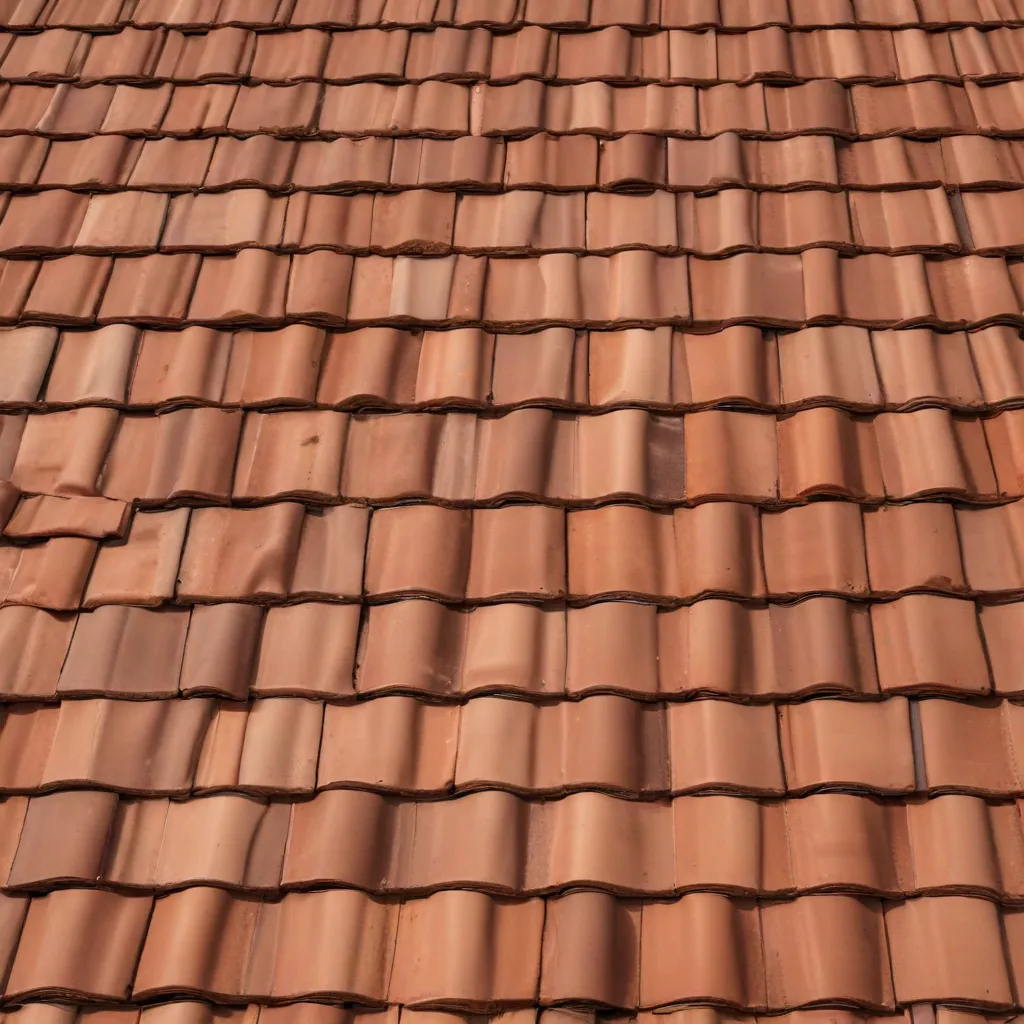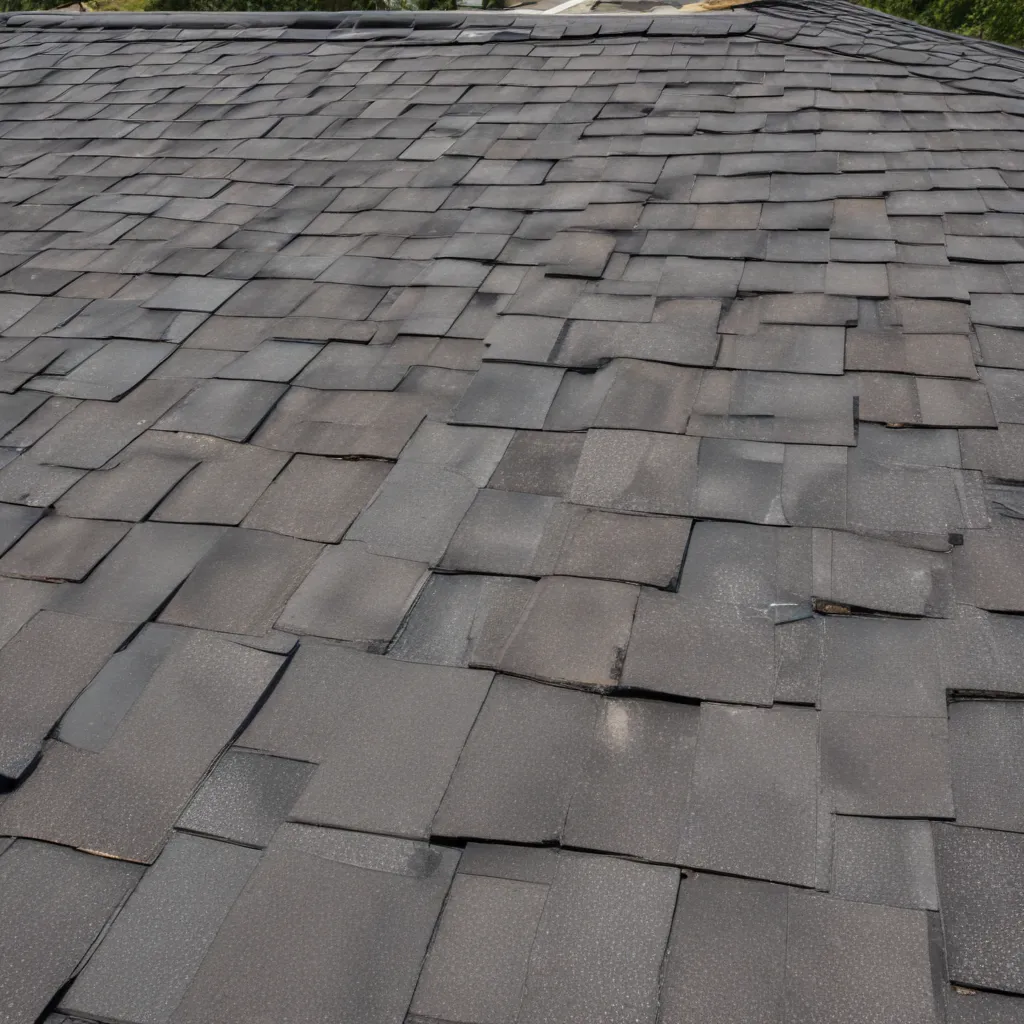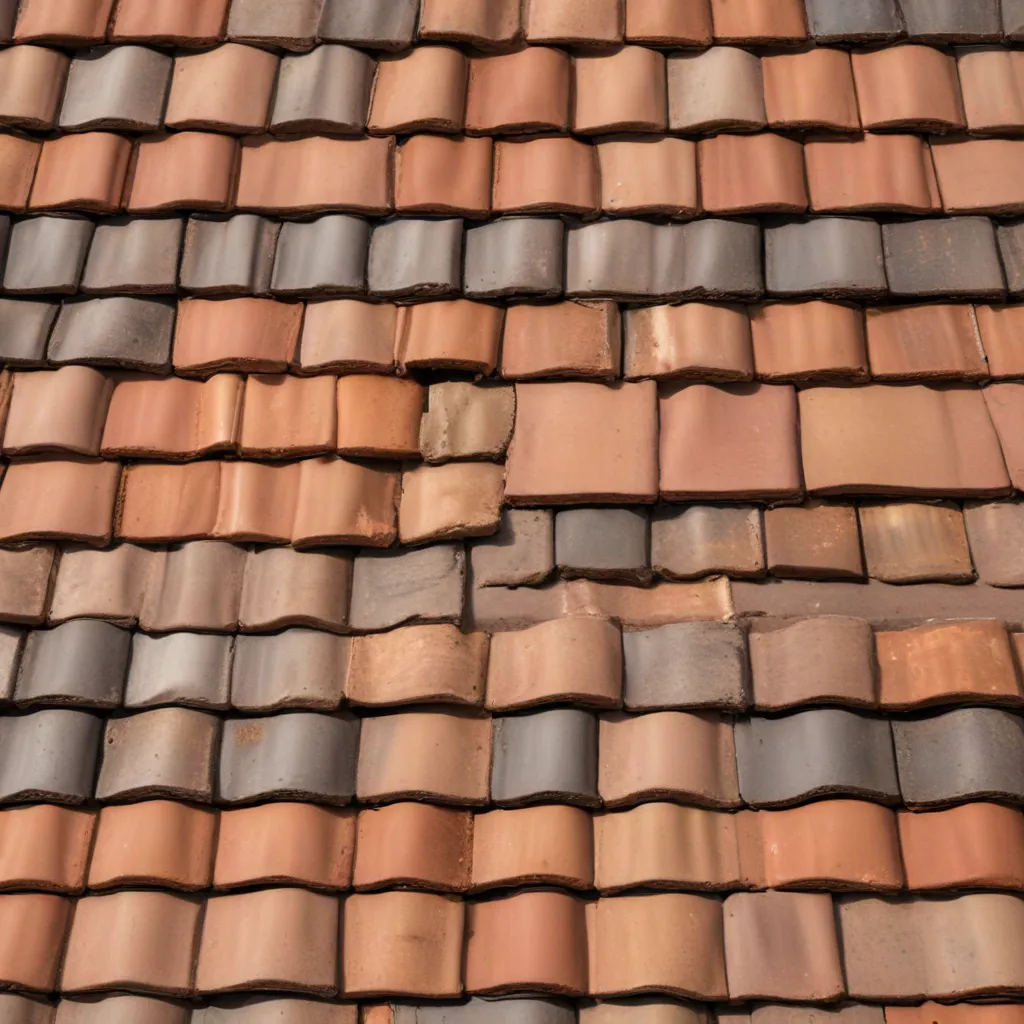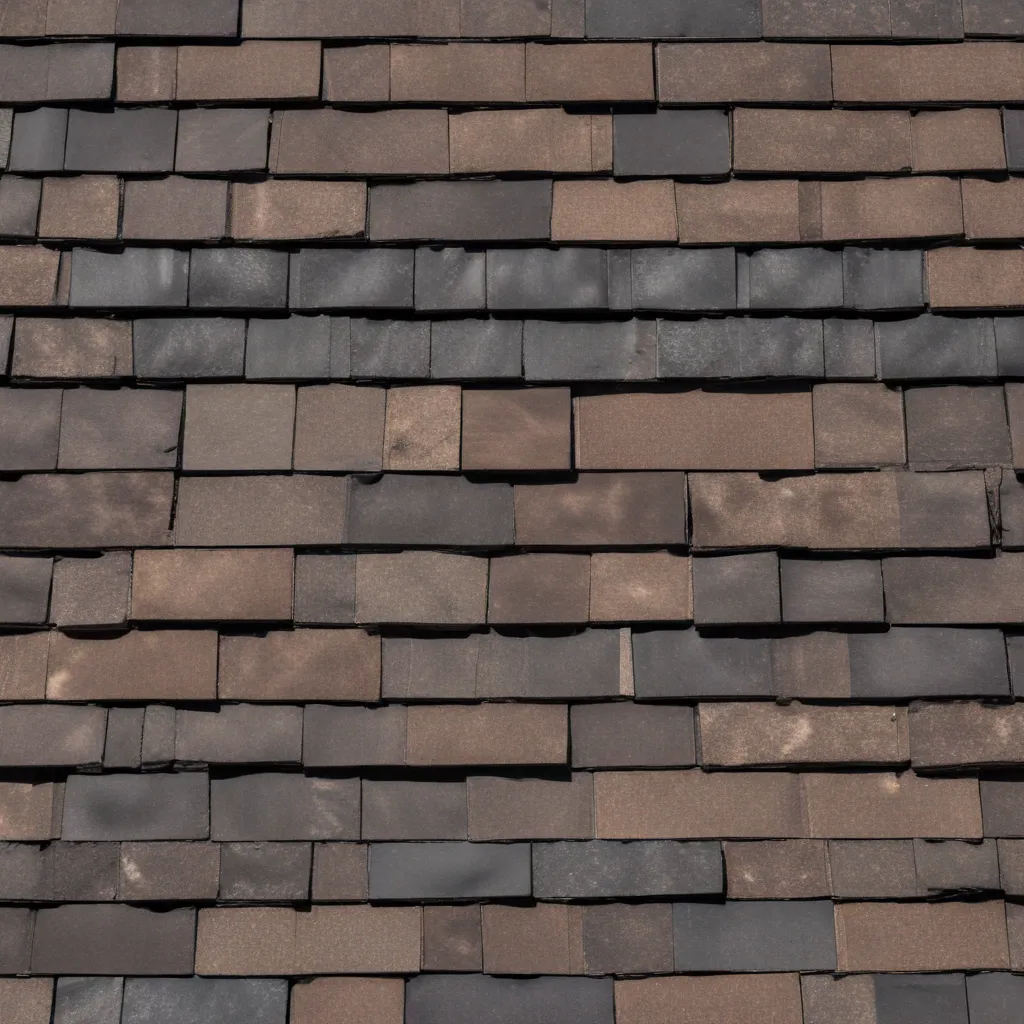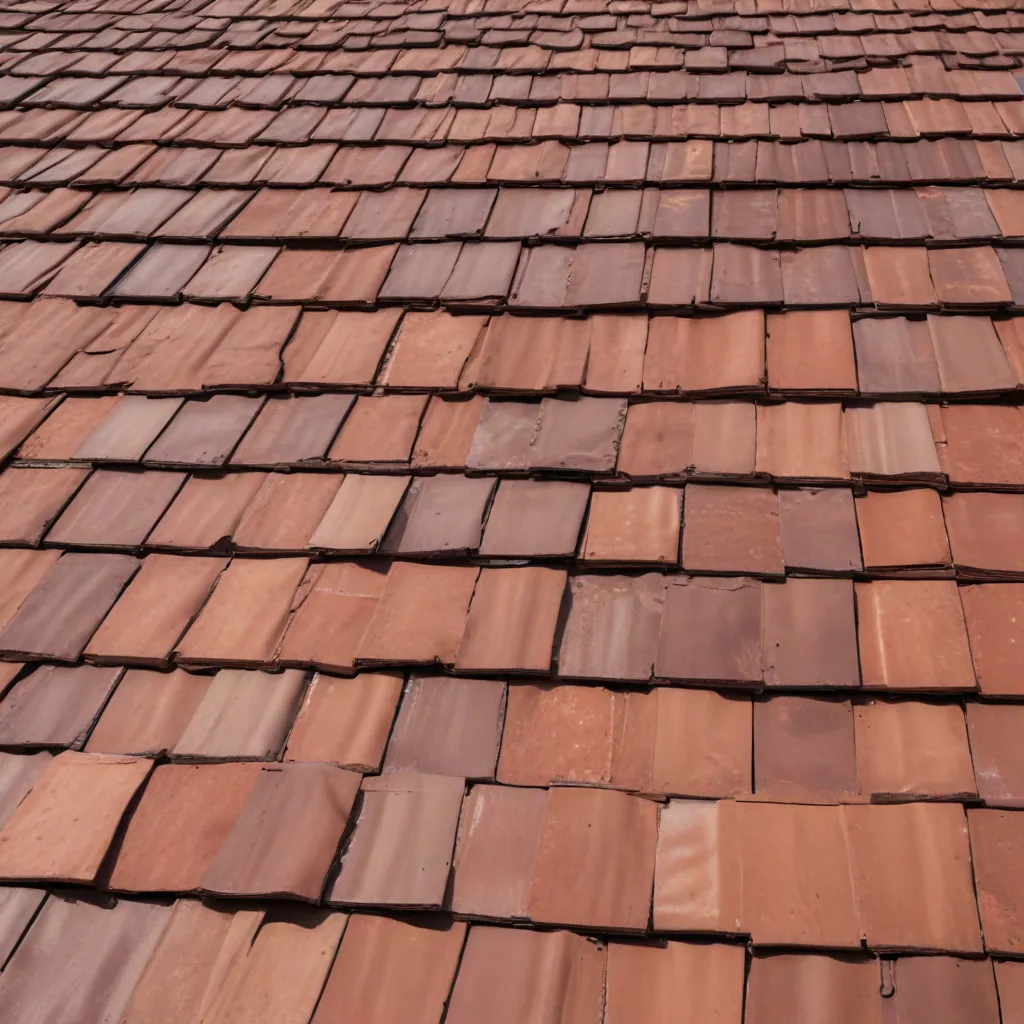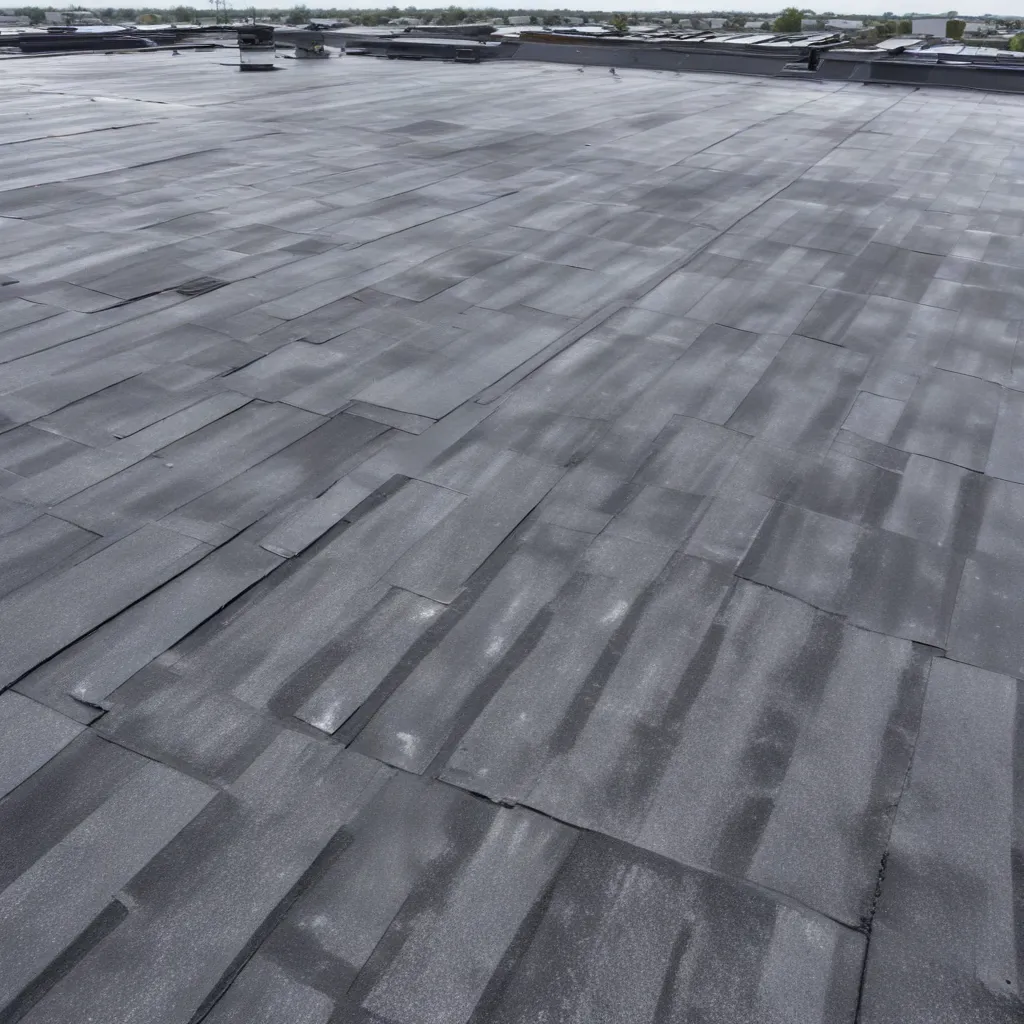
In an era of unpredictable weather patterns and escalating climate challenges, the importance of weatherproofing commercial roofs cannot be overstated. From the harsh winters of the north to the scorching summers of the south, each region faces unique environmental stressors that can compromise the integrity of building structures. As a seasoned roofing specialist, I’m here to share essential strategies for fortifying commercial roofs against a wide array of weather conditions, offering valuable insights for property managers, building owners, and facilities maintenance professionals.
By implementing these comprehensive weatherproofing techniques, you can not only extend the lifespan of your commercial roof but also ensure the safety and comfort of building occupants while potentially saving significant costs in repairs and energy efficiency. Let’s delve into the details.
Roofing Materials
Durable Roofing Options
When it comes to weatherproofing, the choice of roofing materials plays a crucial role. Metal roofing is renowned for its exceptional durability and resilience against high winds, making it an ideal option for commercial properties in hurricane-prone regions. These robust systems can withstand wind speeds exceeding 130 mph, providing unparalleled protection during severe storms.
For areas prone to hail, impact-resistant tiles and polymer-modified shingles offer superior defense against damaging impacts. Engineered to absorb the force of hailstones without cracking or penetrating, these specialized materials can preserve the structural integrity of your roof, even in the face of intense hail events.
Energy-Efficient Roofing
Selecting roofing materials with optimized thermal performance is essential for enhancing energy efficiency and mitigating the effects of extreme temperatures. Reflective roof coatings, for example, can significantly reduce heat absorption, keeping the interior of the building cooler during scorching summer months. Additionally, insulation and ventilation upgrades help regulate indoor temperatures, reducing the burden on HVAC systems and translating to long-term cost savings.
Roof Reinforcement
Structural Integrity
Ensuring the structural soundness of your commercial roof is paramount in weatherproofing. This involves reinforcing the underlying structure to create a continuous load path from the roof to the foundation, effectively transferring the forces of high winds and heavy snow loads. Proper edge and corner detailing is crucial, as these areas typically experience the most significant wind pressures.
Wind Uplift Protection
Implementing wind-resistant measures is essential for safeguarding your commercial roof against the destructive forces of severe storms. This might include specialized fasteners, reinforced roof deck attachments, and the strategic placement of roof anchors to enhance the roof’s ability to withstand wind uplift.
Drainage Optimization
Proper roof drainage is a critical component of weatherproofing, particularly in regions prone to heavy rainfall. Effective water management systems, including strategically placed drains, gutters, and downspouts, can prevent water accumulation and mitigate the risk of leaks and structural damage.
Weatherproofing Strategies
Sealant Application
Applying high-quality sealants to vulnerable areas, such as roof-to-wall connections, flashings, and penetrations, creates a robust barrier against water intrusion. These waterproof membranes and coatings form a protective layer that shields the roof from the elements, ensuring long-term resilience.
Flashing Installation
Proper flashing installation at critical junctures, like chimneys, vents, and skylights, is crucial for preventing leaks. These strategic placements redirect water away from potential entry points, fortifying the roof against the damaging effects of precipitation.
Ventilation Improvements
Enhancing roof ventilation plays a dual role in weatherproofing. Adequate airflow not only helps moderate temperature fluctuations, reducing the stress on roofing components, but also inhibits the formation of ice dams during the winter months, which can lead to water damage.
Maintenance and Inspection
Preventive Maintenance
Regular maintenance is the key to maintaining the integrity of your commercial roof. Scheduling biannual inspections, clearing debris from gutters and drains, and promptly addressing any identified issues can significantly extend the lifespan of your roofing system.
Damage Assessment
Diligent inspections, both before and after extreme weather events, are crucial for identifying vulnerabilities and assessing the extent of any damage. This proactive approach allows for targeted repairs and reinforcements, ensuring your roof remains resilient in the face of future challenges.
Comprehensive Inspections
Enlisting the expertise of experienced roofing professionals for comprehensive inspections is a wise investment. These experts can pinpoint hidden weaknesses, recommend suitable upgrades, and develop a tailored maintenance plan to safeguard your commercial roof against the specific weather patterns of your region.
Extreme Weather Considerations
Hurricane Preparedness
In hurricane-prone areas, implementing specialized weatherproofing strategies is essential. This might include the use of impact-resistant materials, the installation of roof anchors and tie-downs, and the integration of secondary drainage systems to mitigate the risks of high winds and flooding.
Hail and Impact Protection
Regions susceptible to hailstorms require roofing systems designed to withstand the intense impact of hailstones. Incorporating impact-resistant tiles, shingles, or metal roofing can significantly reduce the risk of damage, preserving the structural integrity of your commercial roof.
Snow and Ice Management
In colder climates, the accumulation of snow and the formation of ice dams pose significant threats to commercial roofs. Proactive measures, such as ensuring adequate insulation and ventilation, can prevent the buildup of snow and ice, minimizing the risk of structural damage and water leaks.
Sustainability and Energy Efficiency
Green Roofing Solutions
Innovative roofing technologies, such as green roofs and rooftop gardens, not only enhance the weatherproofing capabilities of commercial buildings but also offer sustainable benefits. These living, vegetated systems provide natural insulation, reduce heat absorption, and help manage stormwater runoff, contributing to a more energy-efficient and eco-friendly building.
Energy-Saving Design
Integrating energy-efficient roofing materials and design strategies can significantly reduce a building’s carbon footprint and operating costs. From reflective coatings to advanced insulation and ventilation systems, these weatherproofing enhancements can optimize the building’s thermal performance, leading to long-term savings and a more sustainable future.
Environmental Regulations
As sustainability becomes an increasingly critical factor in the construction industry, commercial property owners and facilities managers must stay informed about evolving environmental regulations and building codes. Compliance with these standards not only ensures legal and ethical adherence but also positions your commercial building as a responsible, environmentally conscious asset.
In an era of escalating climate challenges, the significance of robust, weatherproof commercial roofing cannot be overstated. By implementing the comprehensive strategies outlined in this article, you can safeguard your commercial property, ensure the safety and comfort of building occupants, and potentially unlock long-term cost savings through improved energy efficiency and reduced repair costs.
Remember, weatherproofing is an ongoing process that requires vigilance, proactive maintenance, and adaptability. Stay informed about emerging roofing technologies, local weather patterns, and changing environmental regulations to ensure your commercial roof remains resilient and future-proof. With the right weatherproofing measures in place, you can weather any storm and protect your valuable commercial investment for years to come.
For more information on how Genuine Roof Systems can help you fortify your commercial roof against extreme weather events, please visit https://www.genuineroofsystems.com. Our team of experienced roofing specialists is dedicated to providing tailored solutions that enhance the durability, energy efficiency, and aesthetic appeal of your commercial building.

